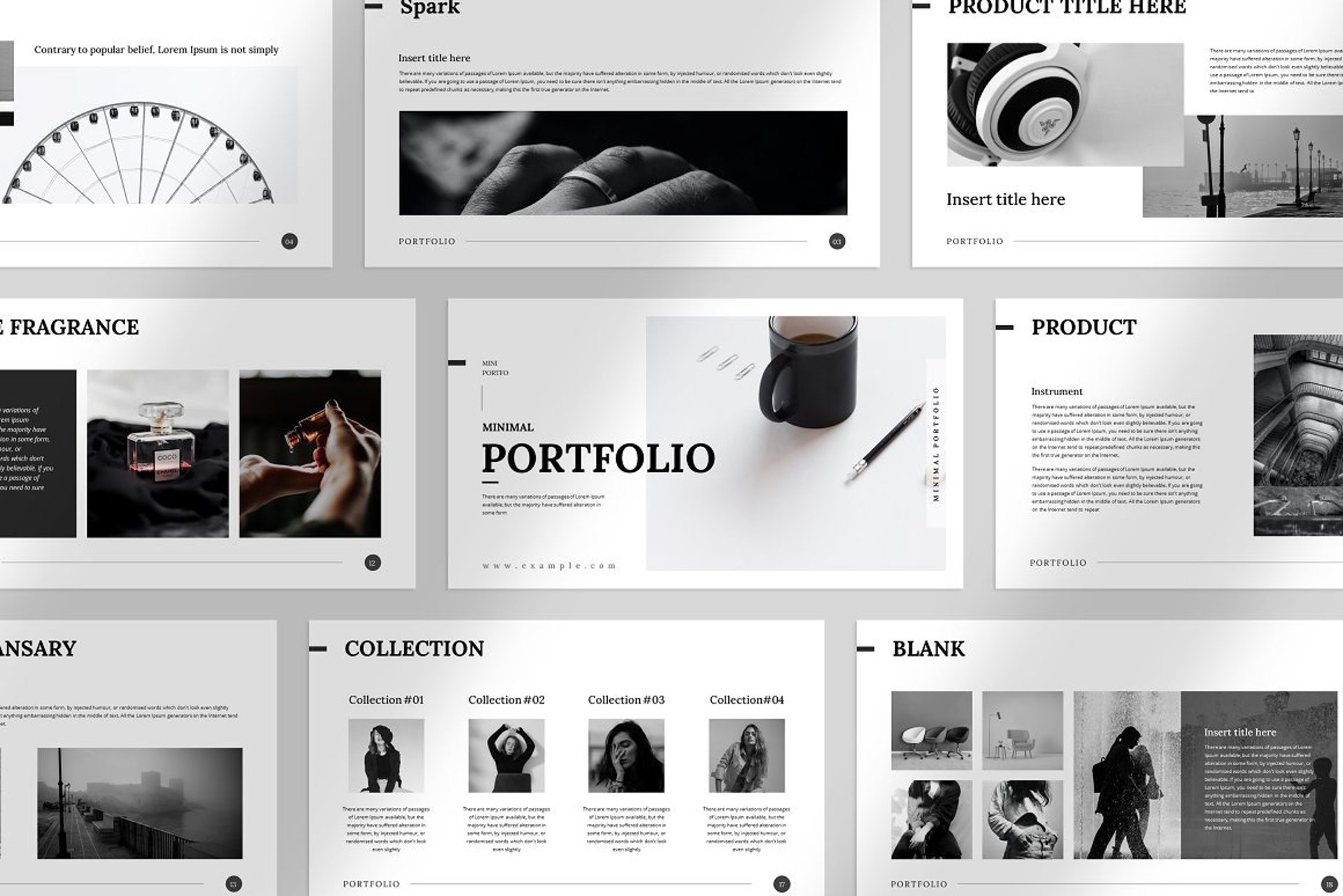
Professional Portfolio Guide: How to Impress and Win More Opportunities
2 min read
Introduction
Creating a professional portfolio is one of the most important steps for anyone looking to land new opportunities in the job market or the freelance world. Whether you’re a designer, writer, developer, photographer, or a professional in any creative (or even non-creative) field, a solid portfolio is your storefront, your visual resume, and often the very first impression clients or recruiters will have of your work.
In this article, you’ll learn in detail how to build a high-impact professional portfolio—even if you’re just getting started. We’ll cover the different types of portfolios, essential elements, organization tips, recommended tools, fun facts, and common mistakes to avoid. All with a focus on SEO and copywriting best practices you can apply not only to your portfolio but also to your professional presentation.
What Is a Professional Portfolio?
A professional portfolio is a curated collection of work and projects that showcase your experience, skills, and achievements in your field. It can be physical or digital, and its main goal is to clearly and effectively demonstrate your value to potential clients or employers.
Did you know?
Most recruiters spend only 1 to 2 minutes reviewing a portfolio before deciding whether to reach out—so clarity and organization are critical!
Types of Portfolios
Printed Portfolio: Ideal for in-person presentations, interviews, and business fairs.
Digital Portfolio (PDF): Great for sending via email or attaching to applications.
Online Portfolio (Website/Page): The most versatile and recommended option today—it allows for constant updates, access from any device, and greater visibility.
What to Include in Your Professional Portfolio
Personal Introduction: A brief professional bio highlighting your background, area of expertise, and relevant experience.
Career Objective: Explain what you're looking for and who you work with (e.g., "Helping businesses communicate better through graphic design").
Selected Projects: Choose works that reflect the range, quality, and complexity of what you do.
For each project, include:
Client/company (if allowed)
Project goal
Your solution
Results achieved
Client or colleague testimonials (when available)
Links to professional social media (LinkedIn, Behance, etc.)
Clear contact information
How to Organize an Effective Portfolio
Use a consistent visual identity: cohesive colors, fonts, and style that reflect your personal brand.
Divide content into well-structured sections: menus, anchors, or categories help navigation.
Start with your strongest, most relevant projects.
Keep it updated: avoid outdated or irrelevant content.
SEO Tip:
Use keywords in your project titles and descriptions to improve visibility on search engines like Google and Bing.
Free and Paid Tools to Create an Online Portfolio
Free:
Behance
Canva
Adobe Portfolio (free with an Adobe account)
Notion (modern and customizable)
Paid or with premium plans:
Wix
WordPress
Squarespace
Webflow
Each platform has its strengths. The most important thing is to choose one you can manage easily and consistently.
Extra Tips for a Memorable Portfolio
Have both PDF and online versions.
Create a custom URL (e.g., www.yourname.com).
Use high-quality images, optimized for fast loading.
Show how you solve problems and deliver value.
Add testimonials and social proof when possible.
Common Mistakes to Avoid
Uploading all your work without filtering.
Failing to explain the context of each project.
Using a cluttered or inconsistent design.
Having broken links or outdated contact info.
Risks and Cautions
While building a portfolio doesn’t pose direct financial risks, there are some important considerations:
Sharing confidential work: always get permission before publishing.
Plagiarism or misuse: protect your content with watermarks or licenses.
Neglecting updates: an outdated portfolio sends the wrong message.
Conclusion
Creating an effective professional portfolio is a vital investment in your career. It communicates who you are, what you do, and why you're the right person for the job or project. With careful planning, thoughtful organization, and a polished visual presentation, you’ll be well-equipped to impress and secure valuable opportunities.
If you don’t have a portfolio yet, start now. And if you already do, use these tips to improve it—and turn it into your most powerful personal marketing tool!

